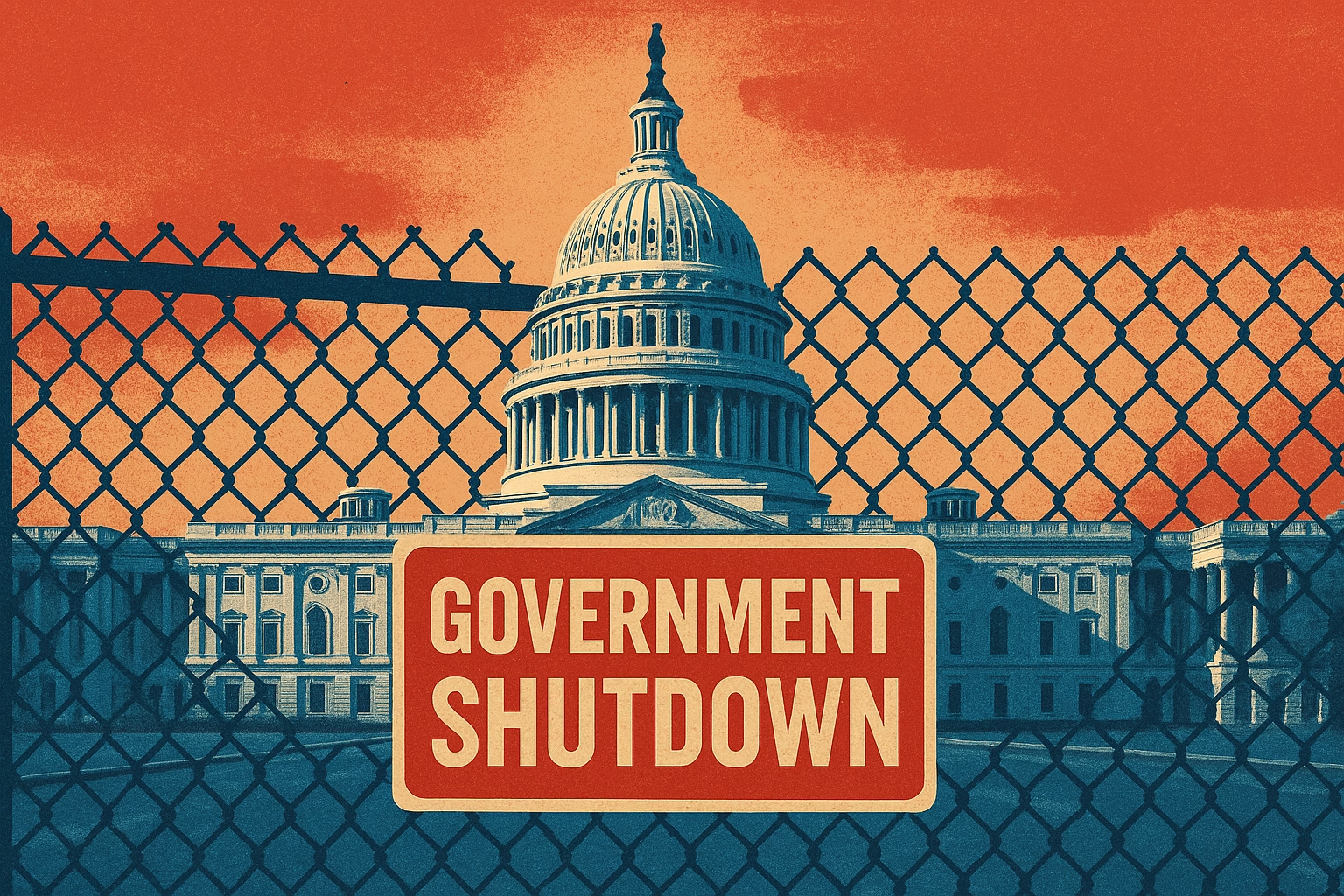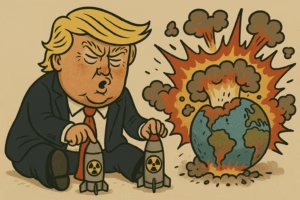Washington is entering uncertain territory as the United States government braces for a potentially prolonged shutdown following the failure of lawmakers to reach an agreement on federal funding. The immediate impasse stems from conflicting priorities between Republicans and Democrats, with neither side showing a willingness to retreat.
Political Deadlock and Unmet Demands
Republicans proposed a short-term measure that would extend current funding levels until 21 November. However, Democrats blocked the plan, saying it fell short of addressing urgent concerns around health care. Their demands include reversing Medicaid cuts introduced in President Donald Trump’s summer tax and spending package, as well as extending tax credits that keep health insurance premiums more affordable for millions of Americans who rely on the Affordable Care Act’s marketplaces.
Republicans dismissed the Democratic counterproposal as too costly. They described it as a nonstarter, estimating it would cost taxpayers more than one trillion dollars. With both parties entrenched, the chances of compromise appear slim.
Shutdown Mechanics and Workforce Impact
Once federal funding lapses, the law requires agencies to place their “nonexcepted” staff on furlough. Employees deemed “excepted,” such as those tasked with safeguarding life and property, must continue working but will go without pay until the shutdown ends.
The White House Office of Management and Budget notified federal departments on Tuesday evening that appropriations had lapsed and instructed them to begin shutdown procedures. The Congressional Budget Office estimates that around 750,000 federal employees could be furloughed daily during the shutdown, with an overall daily compensation cost of roughly 400 million dollars.
Congress has ensured that furloughed workers will eventually receive back pay. A 2019 law requires retroactive pay for all affected employees once government operations resume. This protection extends to military personnel, who would also receive compensation for missed paycheques.
Essential Services and What Continues
While a shutdown halts a wide range of services, critical functions remain intact. Federal Bureau of Investigation agents, Central Intelligence Agency officers, air traffic controllers and airport security staff continue working. Members of the armed forces are also required to remain on duty.
Programmes funded through mandatory spending, such as Social Security and Medicare, are largely unaffected. Senior citizens continue receiving payments and health care providers are reimbursed. Veterans Affairs services, including medical centres, outpatient clinics and national cemeteries, remain open.
The United States Postal Service is unaffected, as it is self-funded through its own services rather than tax revenue. Mail will continue to be delivered across the country.
Agencies Preparing for Disruption
Each federal agency has developed its own contingency plan to determine which staff are furloughed and which remain on duty. The Department of Health and Human Services, for instance, has announced that about 41 per cent of its workforce will be furloughed. The Centres for Disease Control and Prevention will continue to monitor disease outbreaks, but research into public health risks and prevention will cease.
The National Institutes of Health faces similar disruption. Patients already enrolled in clinical trials will continue to receive care at the institution’s research hospital, known as the House of Hope, but new studies will not begin and new patients seeking experimental treatments will largely be unable to enrol.
At the Food and Drug Administration, officials warn that their “ability to protect and promote public health and safety would be significantly impacted, with many activities delayed or paused.” This includes halts to the processing of new drug applications and medical device submissions.
The National Park Service has stated that roughly two-thirds of its staff will be furloughed. Parks are expected to remain open in a limited capacity, with roads, trails and memorials accessible to visitors. However, closures could follow if environmental damage occurs or waste accumulates. During a previous 35-day shutdown, limited staffing led to vandalism and other damage at sites such as Joshua Tree National Park.
The Smithsonian Institution has indicated that its museums, research facilities and the National Zoo will remain open through at least the first week of the shutdown.
The President’s Stance
President Trump has taken a combative position on the standoff. He warned that a shutdown could be used as leverage against Democrats.
“We can do things during the shutdown that are irreversible, that are bad for them and irreversible by them,”
he said, adding,
“Like cutting vast numbers of people out, cutting things that they like, cutting programmes that they like.”
A memo from the White House budget office went further, suggesting that agencies consider issuing reduction-in-force notices for programmes lacking funding. Such a move would not only furlough staff but could also permanently eliminate positions, a drastic step that would represent a departure from previous shutdown practices.
Programmes Offering Short-Term Continuity
The Department of Agriculture has confirmed that the Supplemental Nutrition Assistance Program, known as food stamps, will remain operational at least through October. Programmes supporting women, infants and children (WIC) are expected to continue for one to two weeks by drawing on unused funds from the previous year.
Broader Economic Implications
While short shutdowns historically have not caused significant long-term harm, economists caution that an extended lapse in government funding could lead to uncertainty. Phillip Swagel, Director of the Congressional Budget Office, explained,
“If a shutdown continues, then that can give rise to uncertainties about what is the role of government in our society, and what’s the financial impact on all the programmes that the government funds.”
He added,
“The impact is not immediate, but over time, there is a negative impact of a shutdown on the economy.”
Markets have historically absorbed the effects of shutdowns without severe disruption. Goldman Sachs Research notes that at the end of the three longest shutdowns since the 1990s, stock markets were stable or had even gained despite initial downturns.
What Lies Ahead
The immediate future remains uncertain. For now, millions of federal workers face the prospect of unpaid weeks, agencies struggle to manage core services with reduced staff, and political leaders continue their standoff. The test for Washington lies not only in whether funding resumes but also in how much damage the impasse inflicts on public services, trust in institutions and the broader economy.

















